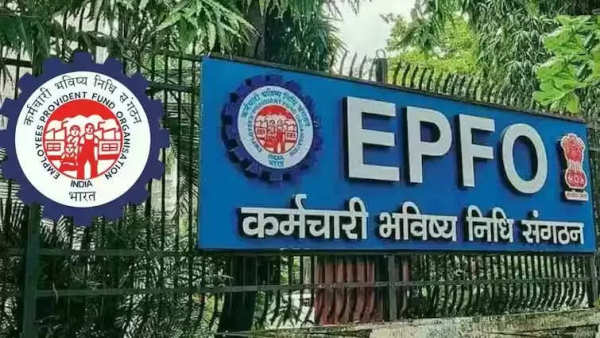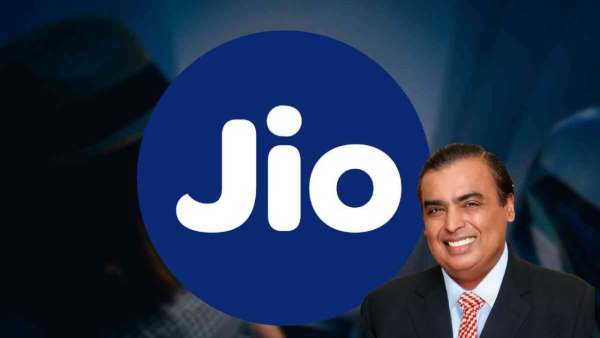
The Employees Provident Fund (EPF) primarily serves as a retirement savings scheme but allows limited access before retirement for essential needs such as medical emergencies, mortgage payments, wedding expenses, and education fees. To withdraw from EPF, individuals must meet specific conditions:
Withdrawal due to unemployment
Individuals who are unemployed for a month or more can withdraw up to 75% of their EPF balance.
If unemployment continues for two consecutive months, the entire EPF balance becomes available for withdrawal.
Premature withdrawal
Withdrawals made within the first five years of EPF subscription are subject to taxation.
Withdrawals less than Rs 50,000 are not subject to a tax deduction.
Withdrawals above Rs 50,000 are subject to TDS (tax deduction at source).
Premature withdrawal attracts a 10% tax deduction if a PAN card is provided.
If a PAN card is not provided, the TDS rate increases to 30%.
Job Change and PF Transfer
Individuals moving to a new job are not required to transfer their PF funds immediately.
Once the Universal Account Number (UAN) is activated and the required documents are available, the transfer process can be initiated.
Withdrawal after retirement
As per the rules of the EPF Act, employees should apply for their final EPF settlement when they reach the age of 58 years.
Employees with at least ten years of service are entitled to benefits under the Employees' Pension Scheme (EPS).
Members who have worked for less than ten years can withdraw both their EPS and EPF balances.
Withdrawals after retirement are tax-free.
EPF withdrawal to repay home loan
EPF members who have maintained their accounts for at least three years can withdraw funds to buy a home. Under Paragraph 68-BD of the EPF Scheme, 1952, members can withdraw up to 90% of their EPF balance to:
Pay EMIs
The funds can also be used to make a down payment on a home loan.









